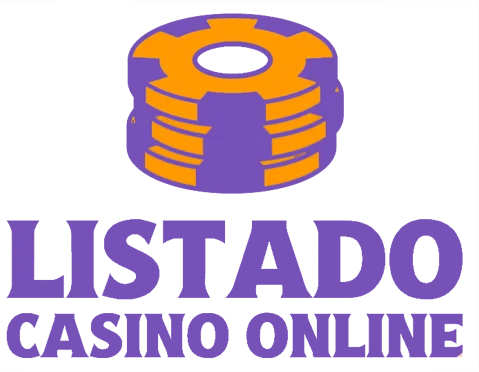Partido Destacado: Jugadora A vs. Jugadora B
En uno de los enfrentamientos más esperados, la Jugadora A demostró su dominio con un juego sólido y estratégico. Su capacidad para mantener la calma bajo presión fue clave para su victoria. Aquí te ofrecemos un desglose del partido:
- Primer Set: La Jugadora A tomó la delantera desde el inicio, mostrando una excelente técnica en sus golpes.
- Tiempo Crucial: Un punto decisivo ocurrió en el tercer juego del segundo set, donde la Jugadora A ejecutó un drop shot perfecto.
- Ganador del Partido: Finalmente, la Jugadora A se llevó el partido con un marcador de 6-4, 7-5, demostrando por qué es considerada una de las favoritas del torneo.

